Related Research Articles

Francesco Vanni was an Italian painter, draughtsman, printmaker, publisher and printer active in Rome and his native city of Siena.

San Martino ai Monti, officially known as Santi Silvestro e Martino ai Monti, is a minor basilica in Rome, Italy, in the Rione Monti neighbourhood. It is located near the edge of the Parco del Colle Oppio, near the corner of Via Equizia and Viale del Monte Oppio, about five to six blocks south of Santa Maria Maggiore.
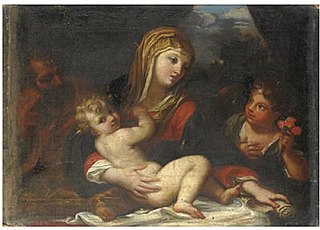
Giacinto Calandrucci was an Italian painter of the Baroque period.

Pietro Novelli was an Italian painter of the Baroque period, active mainly in Palermo. Also known as il Monrealese or Pietro "Malta" Novelli to distinguish him from his father, Pietro Antonio Novelli I. He was also nicknamed by contemporaries as the Raphael of Sicily.

Giuseppe Bartolomeo Chiari, also known simply as Giuseppe Chiari, was an Italian painter of the late-Baroque period, active mostly in Rome.

Andrea Camassei was an Italian Baroque painter and engraver mainly active in Rome under the patronage of the Barberini.

Guglielmo Borremans or Guglielmo Fiamingo (1670–1744) was a Flemish painter whose documented career took principally place in Italy, in particular Naples, Cosenza and Sicily. Here he was one of the pre-eminent late-Baroque fresco painters of the first half of the 17th century who received multiple commissions to decorate churches and palaces.
Giovanni Ventura Borghesi was an Italian painter of the Baroque period, active mainly in Rome.

Deodato Guinaccia or Diodato was an Italian painter of the Renaissance period, active mainly in Messina, Sicily.
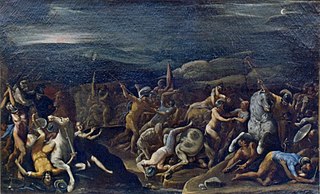
Gaspare Celio was an Italian painter of the late-Mannerist and early-Baroque period, active mainly in his native city of Rome.

Ludovico Gimignani was an Italian painter, who is mainly known for his altarpieces for churches in Rome.
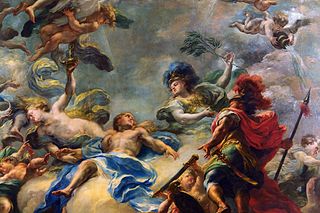
Giacomo del Pò, also spelled del Po, was an Italian painter of the Baroque. He was born in Palermo, the son of Pietro del Pò who was also his teacher.
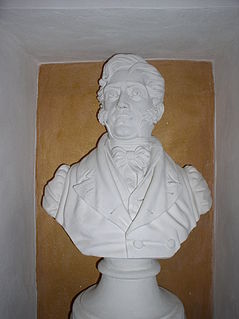
Olivio Sòzzi or Sozzi was an Italian painter, active in Sicily during the Rococo period.
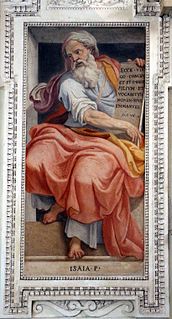
Giovanni Battista Ricci nicknamed Il Novara after his birth town, was an Italian painter of the late-Mannerist and early-Baroque period, active mainly in Rome.

Giuseppe Velasquez, Velasques or Velasco was an Italian painter, active in a Neoclassic style.
Vincenzo Riolo was an Italian painter of the Neoclassical style, active mainly in his native Sicily.
Girolamo Massei was an Italian Mannerist painter active mostly in Rome.
Michele Blasco (1607–1661) was an Italian painter and architect, active in his native Sicily, mainly painting in sacred subjects in a Baroque style.

Mariano Rossi was an Italian painter, persisting in what had become an anachronistic Rococo style amid an ascendant neoclassical environment. His placement legions of figures in a complex scenography and quadrature recalls the work of Pietro da Cortona.
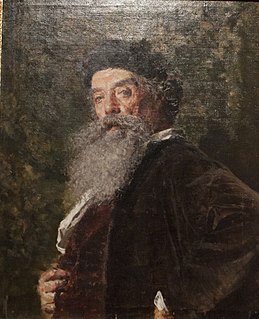
Salvatore Lo Forte, also sometimes written Loforte, was an Italian painter, active mainly in his native Palermo, and painting in a neoclassical style.
References
- ↑ Itinerario instruttivo di Roma, Volume 1, by Mariano Vasi, Rome, (1791), page 309.
- ↑ Memorie per le belle arti., Roma, Pagliarini 1785-1787, by Giuseppe-Antonio Guattani, page 86.
- Bryan, Michael (1889). Walter Armstrong; Robert Edmund Graves (eds.). Dictionary of Painters and Engravers, Biographical and Critical. Vol. II L-Z. London: George Bell and Sons. p. 488.